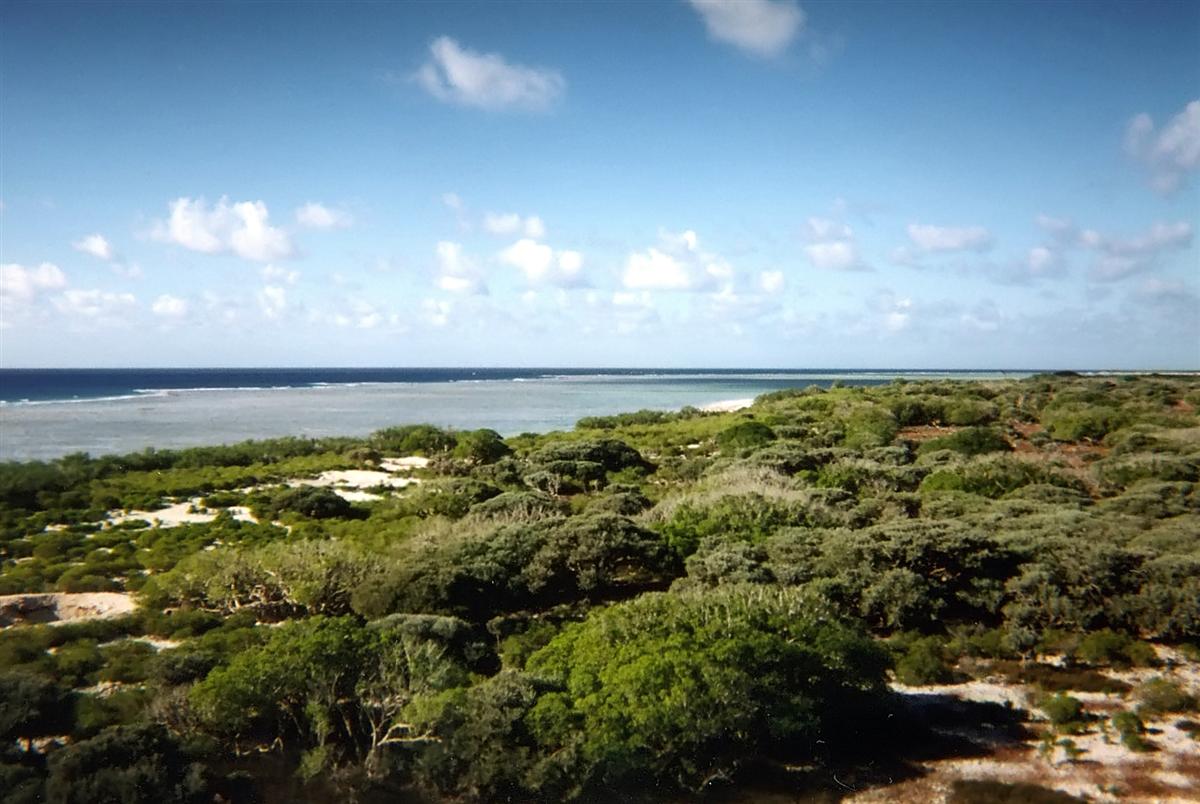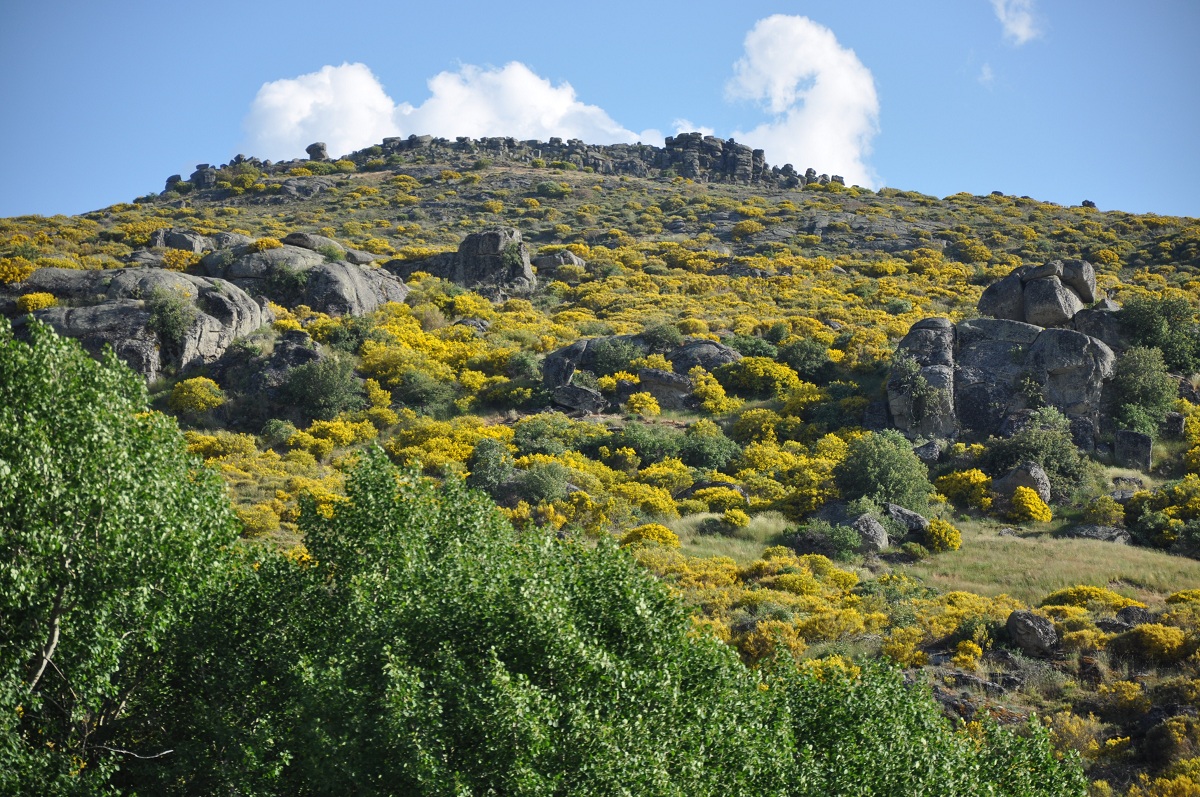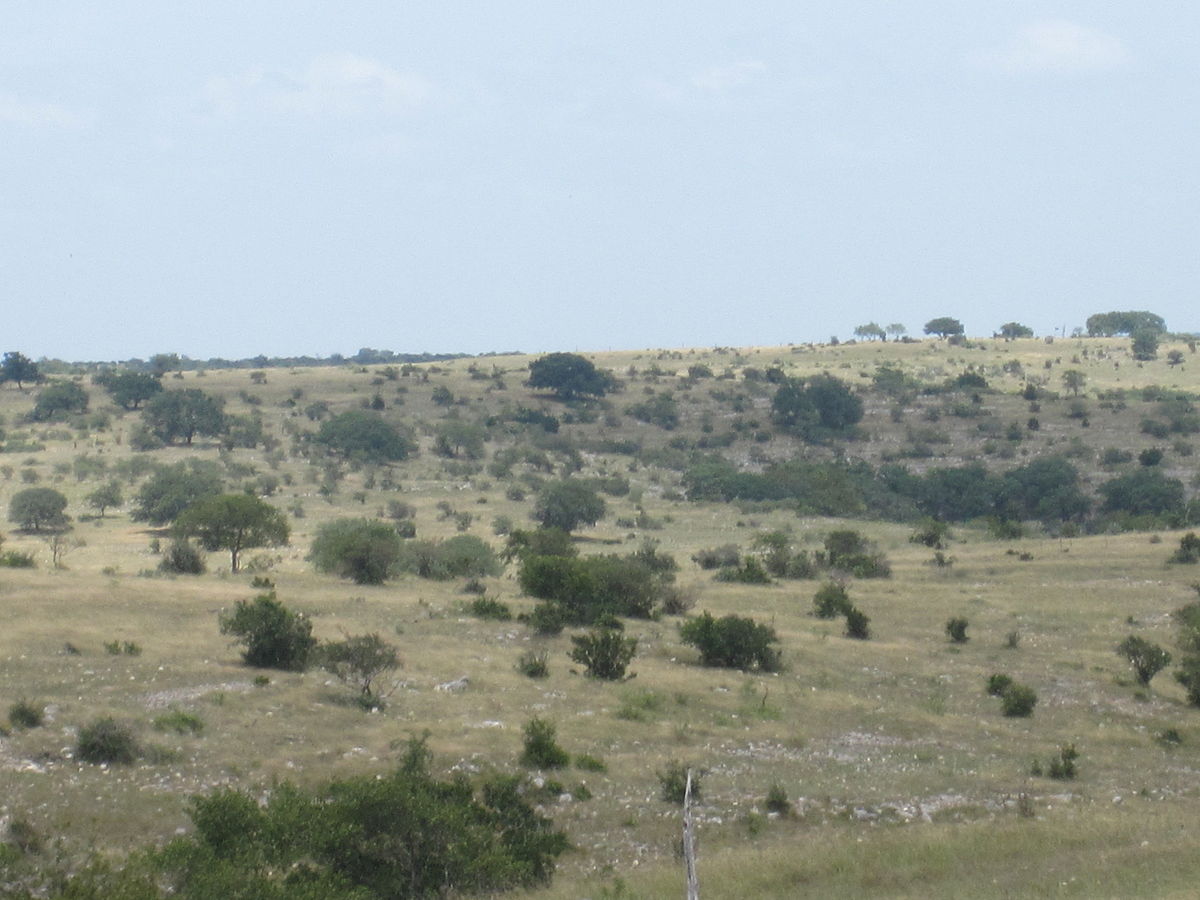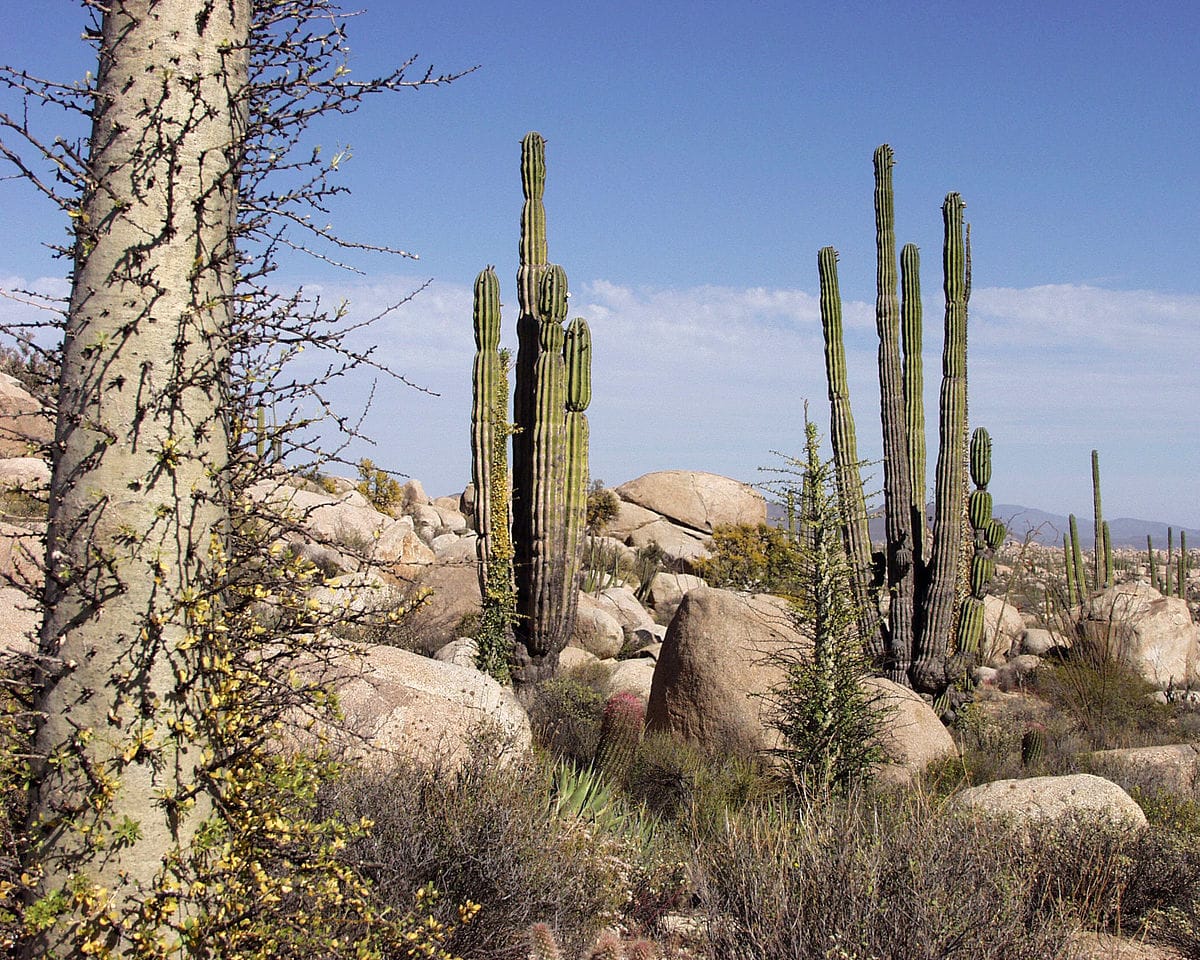
One of the most frequent ecosystems that exist in the Iberian Peninsula is the scrub. When people hear scrub, they think of a single bush or shrub. However, when we refer to a thicket we are pointing to an entire field stream whose vegetation is dominated by shrubs and plants of this type. There are different types of bushes depending on the climate and the relief of each area. Each one has its main characteristics and can be totally natural or affected by human action.
In this article we are going to tell you about all the characteristics, types and importance of the scrub.
Key features

Depending on the type of ecosystem and the characteristics that each one has, there will be different types of scrub. Climate is one of the variables that most conditions the formation of one type or another of vegetation. The scrub can appear naturally or as a result of human action. If the human being has modified an area or has planted different types of plants that make up the thicket can spread. In the same way, a stable ecosystem in a certain place can see a temporary state that causes some effects in the existence of a scrub. For example, you can see a fire and cause the vegetation stage to shrink to a thicket.
They are mainly characterized by having predominantly bushes and bushes. We can also find different types of lawns as well as herbaceous and geophytic plants. It is a type of terrestrial ecosystem that includes a field or natural space with this type of predominant vegetation. There are plants that spend their less favorable times in the form of a rhizome, a tuber, a bulb that can also be found frequently in the scrub.
Shrubs are characterized by having an approximate tree shape but are smaller in size. They never exceed 8 meters in height and on many occasions they are much smaller. The existence of shrubs can already be seen in urban environments and in parks and we can observe their size. The landscape offered by the thicket is that of a plant cover at ground level. The landscape can be seen from the bottom since there is not a type of vegetation high enough to cover the landscape throughout. The vegetation it can be more or less dense depending on the type of shrubs that are present. Normally all shrubs are low in height and can be dotted from one place to another.
This is where we enter the scrub range. The way in which they are distributed also conditions the formation of the ecosystem. Therefore, there are different types of bushes according to the main characteristics that predominate in these ecosystems.
Types of scrub

We are going to analyze which are the main types of scrub with their well differentiated characteristics.
Xerophilous scrub
As the word indicates, it is a type of ecosystem that prevails in dry conditions over others. They are bushes that They are found in arid areas with low rainfall and high temperatures constantly throughout the year. When we refer to this type of scrub we are softening the version of deserts since they tend to have cooler nights and hot days. The absence of precipitation can last for several months and even years. It all depends on the area where the extremes are found at all times.
The predominant shrubs of these ecosystems they have the ability to adapt to drought conditions. For this reason, it is common to find thorny vegetation such as cacti and low-rise shrubs. We can see some classic ecosystems with semi-desert meadows in which little or no grass is found. Xerophilous shrubs in arid and semi-arid areas in all parts of the world extend through areas such as the Andes in South America, many points in the Mediterranean region and some areas around the Sahara desert.
Mediterranean scrub
This type of scrub is also known by the name of shrubs, heaths or chaparral. These ecosystems are found in regions with a Mediterranean climate or similar. They spread in areas such as California, Chile or Australia, among others. The vegetation here has also adapted to withstand hotter summers with less precipitation. Your plants are able to retain water using different strategies. Some shrubs are low in height and dotted around the space.
Here you can find some aromatic plants like broom, thyme or chamomile.
Paramo
Páramos are mountain thickets that grow at higher latitudes. In tropical regions America, Africa and New Guinea people mainly spread. They develop above the montane forest and extend to the areas where there are perpetual snows. These moors can be found in altitudes up to 5000 meters above sea level. The most important is the Andean.
Unlike the bushes that we have previously analyzed, they are characterized by being areas with a large amount of humidity. In most of the year they maintain high levels of humidity and predominantly have a cold climate. Species such as asteraceae, orchids and grasses can be found.
Scrub fauna

As expected there is also fauna associated with these ecosystems. The different types of bushes also present different varieties of fauna. We are going to analyze the fauna of the bushes in a summarized way:
- Fauna of the moors: They are ecosystems that have a great animal diversity in which we can find large mammals and others of smaller size. Among the birds, the hummingbird, the duck and the condom stand out. Among the mammals the bear stands out, the puma today deer.
- Xerophilous scrub fauna: here are also a large number of animals such as reptiles insects. We can find snakes, iguanas, scorpions, lizards and bees. As for birds, we find the roadrunner, the desert woodpecker and other mammals such as bats and kangaroo rats.
- Mediterranean scrub fauna: finally, we find a fauna predominantly with mammals such as foxes, mountain goats, rabbits and deer. Birds of prey such as the Iberian imperial eagle are frequently found in these ecosystems.
I hope that with this information you can learn more about the scrub and its main characteristics.